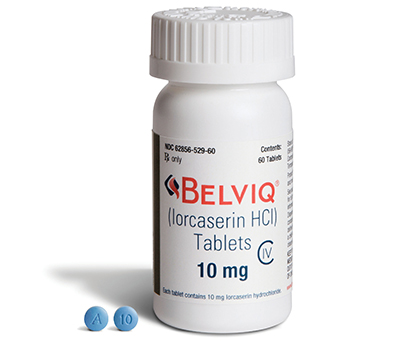The American Medical Association’s June decision to label obesity as a disease was a landmark of sorts for a condition that is often perceived as the result of overindulgence and a lack of discipline. Those misconceptions persist despite a growing pile of research that has found that there is a complexity behind weight gain and weight loss that New Year’s resolutions do little, if anything, to address.
In fact, much of the medical discussion surrounding obesity has centered around co-morbid conditions and the medical care and medical costs that can come along with obesity, such as diabetes medications, heart medications, and cancer, among others.
To be able to reframe obesity as a defined disease would appear to be a great marketing opportunity, particularly because of such recent events as Vivus’ Qsymia and Arena’s Belviq hitting shelves this year; a House resolution to add prescription weight-loss drugs and weight-loss behavioral therapy to Medicare’s list of covered treatments; and a possible third prescription entrant—Orexigen’s Contrave, which looks set to close its clinical trial this year.
Yet executives at Vivus and Arena tell MM&M that while the AMA’s decision is good for awareness and patient discussions, the new label is not prompting a marketing overhaul. “It’s not our policy to circulate AMA recommendations per se at this point,” Eisai chief medical officer Gary Palmer told MM&M.
Eisai co-markets Arena’s Belviq. Palmer, who said he attended the AMA’s Chicago meeting where the semantic change passed, says that the decision was encouraging and the general reaction among physicians was that the label was a positive move. But it’s not a reason to change the company’s current marketing pitch.
Palmer said that’s because the AMA’s message “is very much in line with our corporate mission to put the patient in the forefront of all that we do.” Palmer says the AMA’s label may “encourage a more proactive discussion for patients and physicians” about obesity and how to handle it.
Vivus senior director of commercial development Rob Janosky hit a similar note, saying “from our marketing standpoint, we’ve always been communicating that obesity is a disease.” Janosky says the AMA’s designation will add some credibility to this positioning.
Unlike Arena, though, Vivus is working to incorporate the AMA’s move into its promotional material. “We are letting our customers know about the AMA decision,” Janosky told MM&M, although he does not foresee an immediate change to the brand’s consumer advertising. Like Eisai’s Palmer, Janosky said the obesity-as-disease label could be a conversation-starter between physicians and patients.
These views may seem surprising, considering the relatively slow uptake in the marketplace. Vivus, for example, has been heavily criticized for not teaming up with a larger company to promote its drug. Instead, the company has continued to promote on a small scale with a clear focus on healthcare professionals.
Marketing materials for its consumer tool, QandMe, for example, is included in its materials for healthcare providers, as opposed to being deployed through a consumer-only channel. Sales for both brands have been sluggish.
Credit Suisse analyst Lee Kalowski wrote in a July 5 research note that Belviq’s Q3 sales are “looking to be an uphill battle,” and that Arena will need to hit around 15,000 new prescriptions per week during the third quarter if it hopes its arc can keep pace with Vivus’ Qsymia, which managed to post $4 million in first-quarter sales.
Kalowski wrote that Vivus pulled off the first quarter sales by wrangling 3,250 new prescriptions a week, and Arena is not there yet. Kalowski dismissed Arena’s Q2 numbers, saying those sales are probably due to wholesalers stocking up.
All of which means that drug makers and investors are going to have to hold their breath for a while longer before obesity medications edge into major-earner territory. Payers need to back the medications, and patients need to not only try and like the medications’ impacts, but to keep taking the medications long after the weight is gone.
But first, patients and doctors need to talk about weight, and it is here that Orexigen Chief Commercial Officer Mark Booth, like Eisai’s Palmer, said the AMA’s obesity label really comes into play. Booth said the label will “give patients and physicians the confidence to engage and discuss the topic,” such as giving doctors the entry point of “’Look, the AMA has classified obesity as a disease [Let’s look into options].’”
Booth said fostering this conversation goes beyond leaning on the AMA’s designation and building an obesity market, because although the need is there, the messaging surrounding it is not. He said the depression space is a reasonable category to reference, because depression was dismissed with recommendations such as, “Get over it” or “Go take a walk outside” —advice that is line with the “Hey, just quit eating” reaction obesity often triggers.
The obesity conversation, Booth said, needs to take the same turn that depression conversations have taken, which is now, “No, depression is serious; it needs to be treated.”







